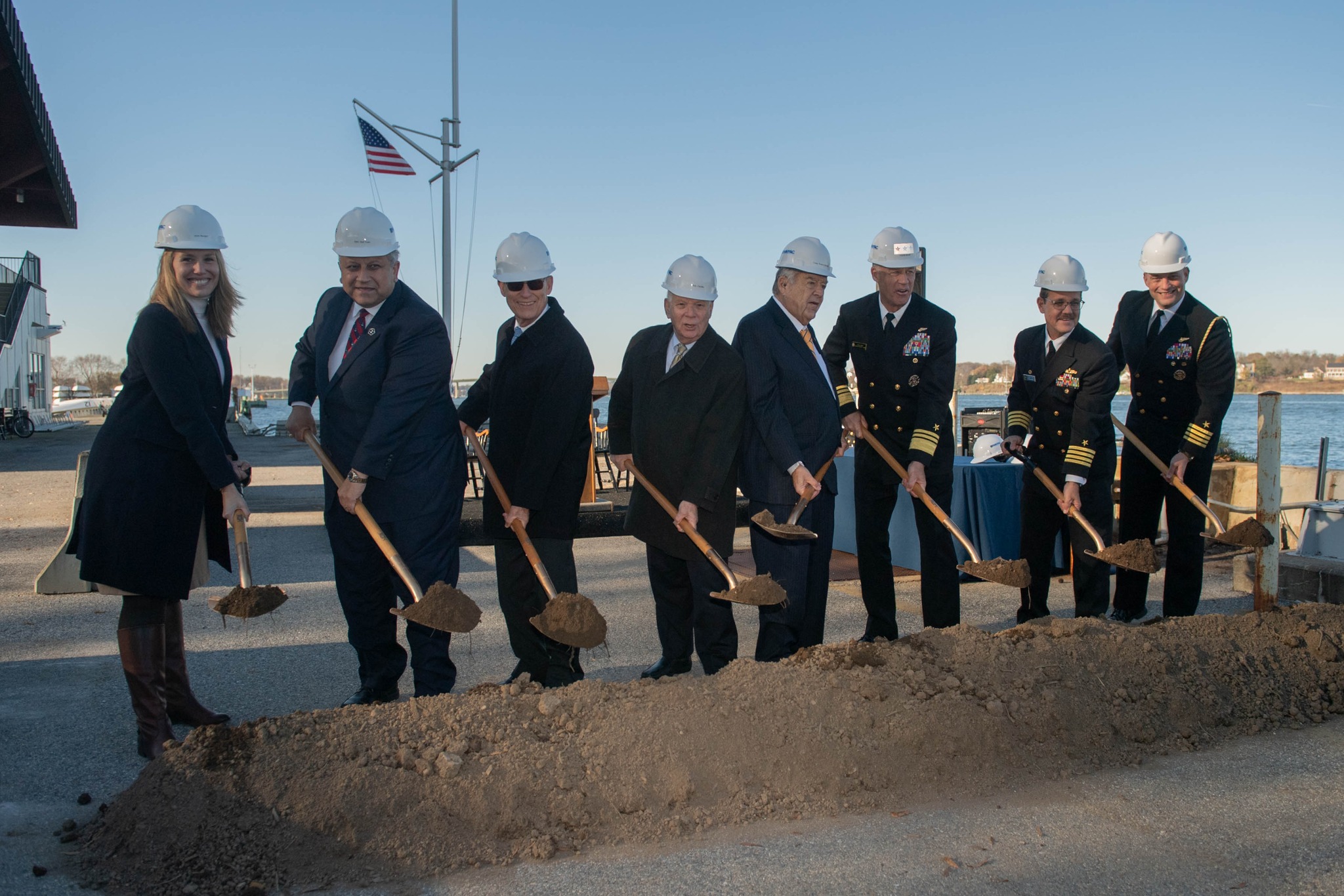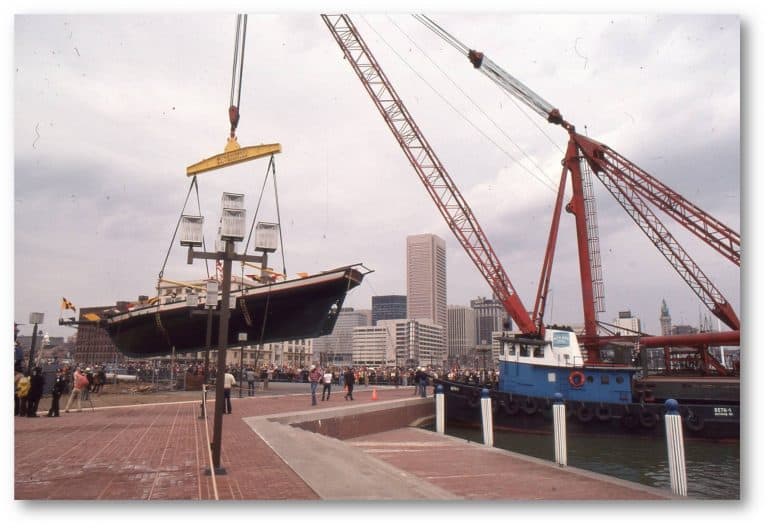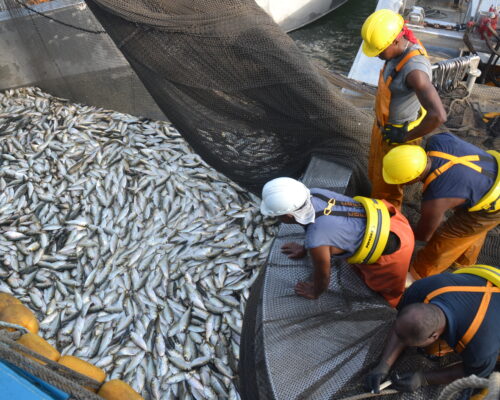The Naval Academy in Annapolis is so vulnerable to regular flooding and sea level rise that it may be putting an important military installation at risk.
Over the holiday week, local and federal lawmakers and Navy top brass broke ground on the first project to fight against future seal level rise, which seeks to protect the property for the next 75 years. The $37.5 million initial project will repair and raise the height of the seawall at Farragut Field and Santee Basin. A future phase would add earthen berms to protect the Naval Academy from storm surge.
The project now underway will address daily high tides and the level of minor storms projected out to the year 2100. The contract for the work was awarded to Cianbro Corporation of Pittsfield, Maine in September. A new sheet pile wall will be constructed outboard of the existing one and a new tieback system built inland of the existing for lateral stability.
2nd District Rep. Dutch Ruppersberger (D-Md.), who serves as USNA’s Board of Visitors Chairman, pointed out that flooding is already impacting the Annapolis campus significantly.
“As we saw last October—when the Naval Academy experienced historic flooding from just a small amount of rain—the issue of climate change is an issue of national security,” Congressman Ruppersberger said at last week’s groundbreaking ceremony. “By investing in the Naval Academy’s climate resiliency, we are investing in our nation’s future leaders and our security. We must continue to do whatever we can to fully insulate the Academy and all of our nation’s military installations from the potentially catastrophic effects of climate change.”
Sen. Ben Cardin (D-Md.), also serves on the Board of Visitors, which is tasked with checking up on the state of affairs of the Academy, including its physical infrastructure.
Sen. Cardin calls the Naval Academy “ground zero for sea level rise on the East Coast”. He cites NOAA statistics that Annapolis experienced nine high-tide flood days in 2021. NOAA predicts that number could rise to 115 high-tide flood days in just the next 22 years.
The new project kicks off the Naval Academy’s Installation Resilience Plan, which uses “year-to-year execution strategy to cohesively address and mitigate the combined effects of flooding caused by land subsidence, sea level rise, storm surge, and changes in groundwater elevations,” using the most recent national projections.
“Our Department of the Navy Climate Action 2030 strategy recognizes that there is not a trade-off between addressing the climate crisis and combat readiness,” said Secretary of the Navy Carlos Del Toro. “The Navy and Marine Corps do not have to choose between leadership in warfighting and leadership on climate change. We can—and must—do both.”
-Meg Walburn Viviano




